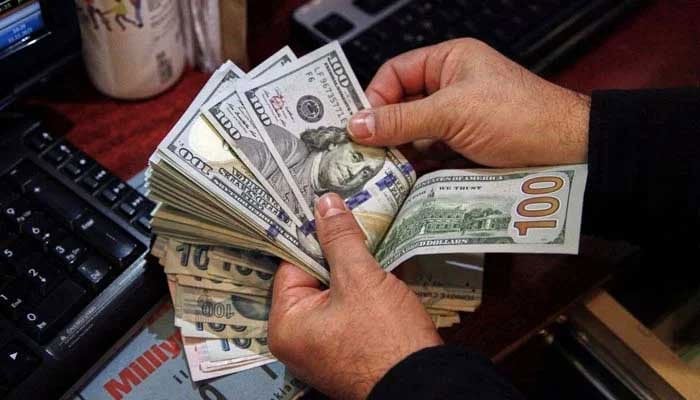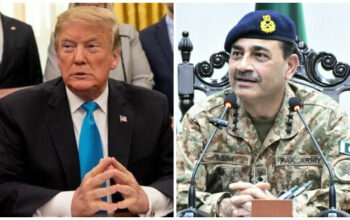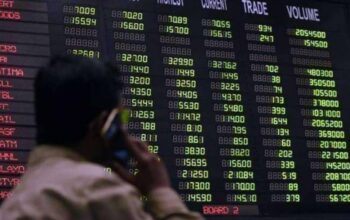By Staff Reporter
KARACHI: Foreign currency dealers on Tuesday removed an unofficial floor on exchange rates to rebalance currency markets following months of turbulence, an official said, paving the way for rupee/dollar parity to match its actual street value.
The move, one of several steps, analysts said is needed to restart an installed International Monetary Fund loan programme that would boost foreign currency reserves and help negotiate funds for massive debt payments this fiscal.
The Exchange Companies Association of Pakistan (ECAP) said the unofficial cap will be lifted on Wednesday to arrest “artificially high” dollar demand in the open market.
“The decision to remove the cap will eliminate artificial demand for US dollars by almost 90 percent since people have been buying them from the open market at relatively low rates and selling at much higher prices in the black market,” the association said in a statement, after holding a meeting to discuss the exchange rate issue.
The statement said the actual conversion rate was Rs255 against the US dollar at which they were already selling the currency to local banks.
It anticipates over six percent depreciation in rupee value on the first day of trade following the decision.
“When the market opens [on Wednesday] the exchange rate will either be Rs254 for buying and Rs257 for selling or Rs255 for buying and Rs258 for selling against the dollar.”
The rupee in the open market on Tuesday closed at Rs228.50 for buying and Rs240.75 for selling against the US dollar. The currency closed at Rs230.40 in the interbank market.
The ECAP hoped the removal of the cap would eliminate black marketing of US dollars, adding the measure would also help meet one of the demands of the IMF.
“The move is in line with the IMF demand which also wants removal of artificial controls on the US dollar.”
Another representative of currency dealers acknowledged the decision to maintain the cap on the exchange rate had not led to the desired results.
“We had decided to cap the exchange rate in national interest,” Malik Bostan, president of Forex Association of Pakistan, said in a statement. “We expected it would support the national currency, but it proved that our decision was wrong.”
Bostan added the decision was made after taking central bank officials into confidence. He hoped the market mechanism would prevail, causing an adjustment in interbank rate as well.
Finance minister Ishaq Dar believes in having a strong rupee value versus the US currency and when he took the ministry, the rupee gained strength.
A large and growing influence of Dar on the exchange rate though sprung up a black market for dollars in Pakistan after the central bank restricted access to foreign currency to preserve dwindling reserves.
The IMF objection, however, put Dar in a difficult position of trying to keep a lid on the dollar value.
And the fall out of the minister’s move was also severe.
Major part of remittances, a lifeline for the country’s foreign currency reserves, were diverted towards black market — hundi and hawala. This led to a significant 20–30 rupee gap between official and unofficial market rates.
Copyright © 2021 Independent Pakistan | All rights reserved




